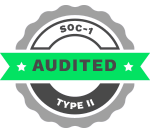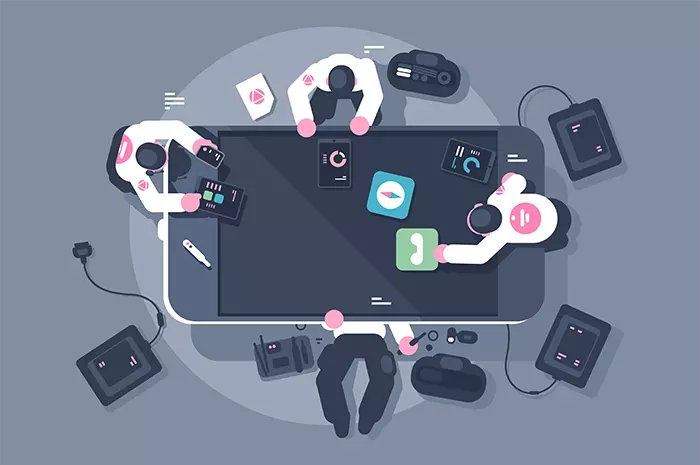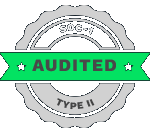Ever downloaded a mobile app that glitched, was confusing to use, or kept crashing? Gnashed your teeth, right? Yeah. We’ve felt that too.
The development of reliable web and mobile apps requires a framework of steps that covers a detailed plan for creating, deploying, and maintaining the software. This is called the Software Development Life Cycle (SDLC).
The cycle’s purpose is to deliver a product that is high in quality and meets the customer’s requirements. Its phases include Analysis, Design, Implementation/Coding, Testing, Deployment, and Maintenance. It is imperative to stick to the chronological order of these phases to ensure a systematic and organized delivery.
Take, for instance, an example of a new web app where a team is not following the order. One of the developers decides to code first, another to design first, and so on. The project, inevitably, will fail due to clashes and misunderstandings.
To better understand what makes an excellent app, let’s look at the software development process.

The Six Steps of the Software Development Life Cycle
-
Planning
This first step of software application development is invaluable. The customer gives relevant information so the team can develop a product that meets their expectations. Clarity is of the utmost importance and ambiguities must be resolved.
The following things are verified: what the customer wishes to create, the target audience, and the product’s purpose. This is the stage at which the team gains a core understanding of the product.
After this, a document called the Software Requirement Specification (SRS) is created. This is reviewed by the customer.
Take, for instance, the example of a money transaction app. How will the transactions be done? What kind of transactions will they be? What will the currency be? Such questions must be answered.
-
Design
Based on the requirements specified in the SRS document, a design approach is determined. Usually, more than one approach is proposed.
All the important stakeholders review the design. Based on several parameters such as robustness, modularity, budget, and risk assessment, the best design approach is selected. This helps to clearly define all the modules of the products.
All the minutest details are defined in this stage.

-
Implementation/Coding
One’s originality and imaginativeness are appreciated and even respected these days. Simple hand-drawn illustrations can go a long way. They lift pages and seem personal, like a nod from the company to the user.
This is the core of application development. The design is turned into source code and all components of the software are implemented. This process is carried out in an organized and detailed manner. The software developers are obliged to follow the coding guidelines laid down by their organization.
Programming tools such as interpreters, debuggers, and compilers are used to create the code. The programming language (Java, Pascal, and so on) is selected based on the kind of software that is being developed.
-
Testing
Once the coding is complete, the modules are released and the testing begins. Any issues detected are fixed by the software developers. Re-resting is conducted until the product is as per the customer’s requirements and standards.
-
Deployment
Depending on the customer’s expectations, the product is deployed in the production environment or the first User Acceptance Testing (UAT) is conducted. If the customer finds that the product is acceptable, he or she signs off for it to be released in the market. This sometimes happens in stages as mandated by the organization’s business strategy.
-
Maintenance
This stage is carried out for the existing customer base. Any complications that come up, or any enhancements required, are taken care of by the developers. Updates can also be made according to changing consumer behaviour.

Conclusion
Your developer should be thoroughly familiar with the SDLC and capable of utilizing it for your advantage. BluEnt is your ideal custom application development company. Whether you are looking for mobile app development services or web app development services, we’ve got you covered.
Our experienced app developers create apps for native and hybrid platforms and our in-house UI and UX units breathe life into your concept. They specialize in custom development, collaboration, redesign, and much more; they have delivered projects for clients such as HBO, CapGemini, and Sungard. They offer you more than knowledge – they give you creativity.
We promise a thought-out marketing strategy, intuitive UI design, visual consistency, minimum load time, and more.
Reach out to our talented and friendly team for a customized package!
Maximum Value. Achieved.












 How Much Does App Development Cost? A Budget Estimation Guide
How Much Does App Development Cost? A Budget Estimation Guide  Using Angular to Develop Mobile Apps Can Be a Game Changer for Your Business
Using Angular to Develop Mobile Apps Can Be a Game Changer for Your Business  Pros and Cons of the WooCommerce Plugin for Online Merchants
Pros and Cons of the WooCommerce Plugin for Online Merchants  Mean Stack vs LAMP Stack: Which One is Better for Your Business?
Mean Stack vs LAMP Stack: Which One is Better for Your Business? 
